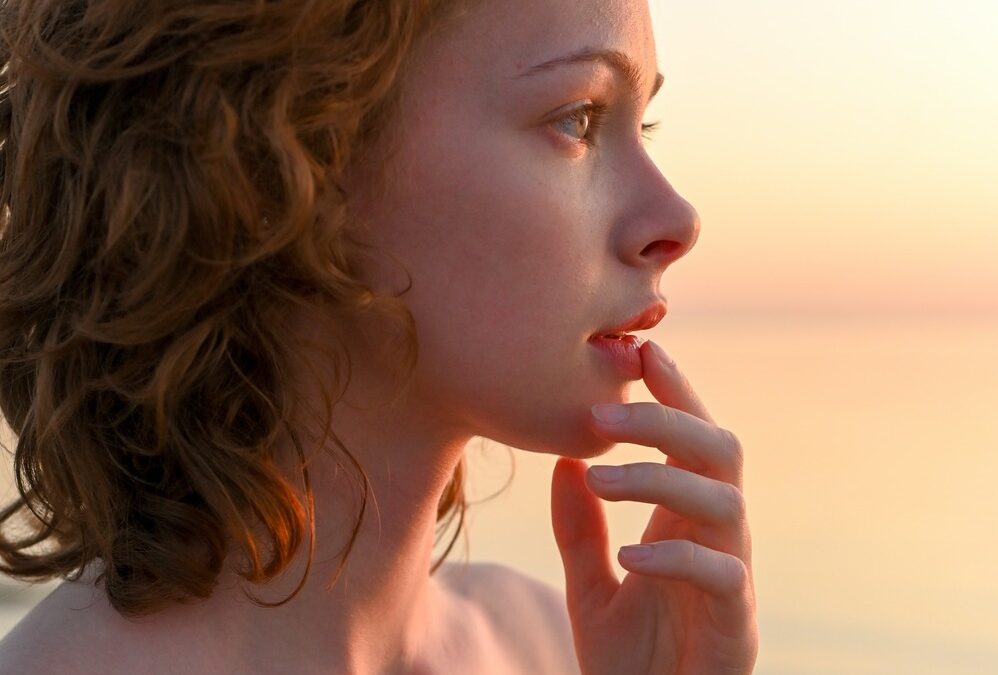Light therapy is a form of treatment that involves exposure to artificial light, typically using a lightbox, to alleviate symptoms of a range of mental health concerns. This therapy has gained popularity in recent years and is often used as an adjunct or alternative treatment to traditional counseling.
The use of light therapy in counseling is becoming increasingly popular due to its efficacy in treating various mental health disorders. Some of the mental health conditions that can be treated with light therapy include seasonal affective disorder (SAD), depression, anxiety, and sleep disorders.
SAD is a type of depression that typically occurs during the winter months, when there is less natural sunlight. Symptoms include fatigue, difficulty concentrating, feelings of hopelessness, and social withdrawal. Light therapy has been shown to be highly effective in treating SAD, with studies demonstrating that it can improve symptoms in up to 80% of patients.
In addition to its use in treating SAD, light therapy has also been found to be effective in treating other forms of depression. A recent study published in the Journal of Affective Disorders found that light therapy was as effective as cognitive-behavioral therapy in treating major depressive disorder (MDD) (Braga et al., 2020).
Light therapy has also been shown to be effective in treating anxiety. A randomized controlled trial conducted in 2018 found that light therapy significantly reduced symptoms of generalized anxiety disorder (GAD) in adults (Dekker et al., 2018).
Furthermore, light therapy can be used to help regulate sleep patterns, which can have a positive impact on mental health. It has been shown to be effective in treating insomnia, circadian rhythm disorders, and jet lag.
The mechanism by which light therapy works is not yet fully understood, but it is believed to involve the regulation of circadian rhythms and the production of neurotransmitters such as serotonin and melatonin. It is also thought to affect the hypothalamus, a part of the brain that plays a crucial role in regulating mood and behavior.
It is important to note that light therapy should be used under the guidance of a qualified mental health professional, as it can have potential side effects such as headaches, eye strain, and nausea. Additionally, it is not suitable for everyone, particularly those with certain medical conditions or who are taking certain medications.
In conclusion, light therapy is a promising treatment option for a range of mental health concerns, particularly those related to mood and sleep regulation. Its efficacy and safety have been demonstrated in numerous studies, making it a valuable addition to the counseling toolbox.
If you are interested in counseling for anxiety, seasonal affective disorder, depression, or sleep problems, contact our Boulder, Colorado office today for a free 20-minute phone consultation. https://somethingwildwellness.com/contact/


